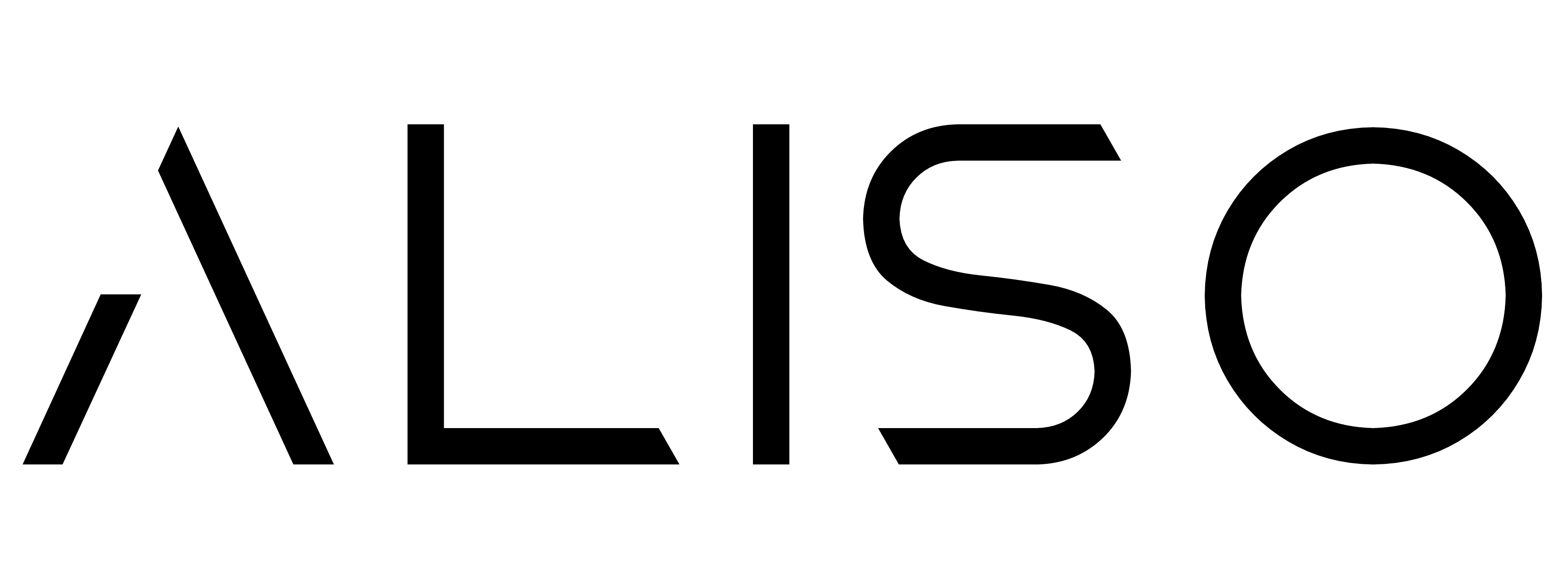Why Bad User Guides Kill Software Adoption
You invest in software.
You roll it out to your team or customers.
And then… they don’t use it properly.
They get frustrated.
They make mistakes.
They call support over and over.
The problem isn’t the software—it’s the lack of clear documentation.
If users don’t understand how to use your software, they won’t use it correctly—or at all. That’s where a technical writer comes in.
Who Writes User Guides for Software?
Some businesses assume that:
📌 Developers should write the documentation—they built the software, right?
📌 Product managers should handle it since they oversee the project.
📌 Customer support can guide users when they struggle.
But here’s the truth: none of these people are trained to write clear, structured, and user-friendly documentation.
📌 Developers write for other developers—not everyday users.
📌 Product managers focus on strategy, not step-by-step instructions.
📌 Support teams get flooded with calls because users don’t have proper guidance.
The best person for the job? A technical writer.
What Does a Technical Writer Do?
A technical writer specializes in:
✅ Creating clear, easy-to-follow user guides.
✅ Writing in simple language that anyone can understand.
✅ Designing documentation that is visually structured for quick reference.
✅ Ensuring consistency across all help materials and support content.
Their job is to bridge the gap between complex software and everyday users.
The Link Between Technical Writing and UX
Bad documentation creates friction in user experience.
A technical writer ensures:
📌 Users don’t have to guess how to complete tasks.
📌 Instructions are written in plain, simple language.
📌 Step-by-step guides are easy to follow, with visuals where needed.
Without good documentation, users struggle, abandon the software, or flood support teams with questions.
What Happens When User Guides Are Poorly Written?
🚨 Users give up on the software because it’s “too complicated.”
🚨 Productivity drops as employees waste time figuring things out.
🚨 Support teams get overwhelmed with “how-to” calls.
🚨 Customers leave negative reviews because they can’t use the product effectively.
A well-written user guide prevents these problems before they happen.
What Makes a Great User Guide?
A technical writer ensures that user guides are:
📌 Clear and concise – No jargon, no fluff, just actionable steps.
📌 Visually structured – Using headings, bullet points, and diagrams for easy scanning.
📌 Task-oriented – Focusing on what the user wants to achieve, not technical specs.
📌 Search-friendly – So users can quickly find answers without frustration.
How Technical Writers Improve Software Adoption
A software product with great documentation:
✅ Reduces user frustration.
✅ Increases adoption and engagement.
✅ Lowers support costs by minimizing “how do I do this?” questions.
✅ Boosts customer satisfaction and retention.
Why Businesses Should Invest in a Technical Writer
📌 72% of users prefer self-service over contacting support.
📌 55% of software users abandon a product due to a bad experience.
📌 Companies that provide clear documentation reduce support requests by up to 50%.
Hiring a technical writer ensures that your software isn’t just functional—it’s usable.
How Aliso Digital Can Help
At Aliso Digital, we specialize in:
📌 Writing clear, structured user guides for software.
📌 Improving software adoption through better documentation.
📌 Creating self-service resources that reduce support costs.
👉 Visit Aliso Digital to make your software easier to use today.






